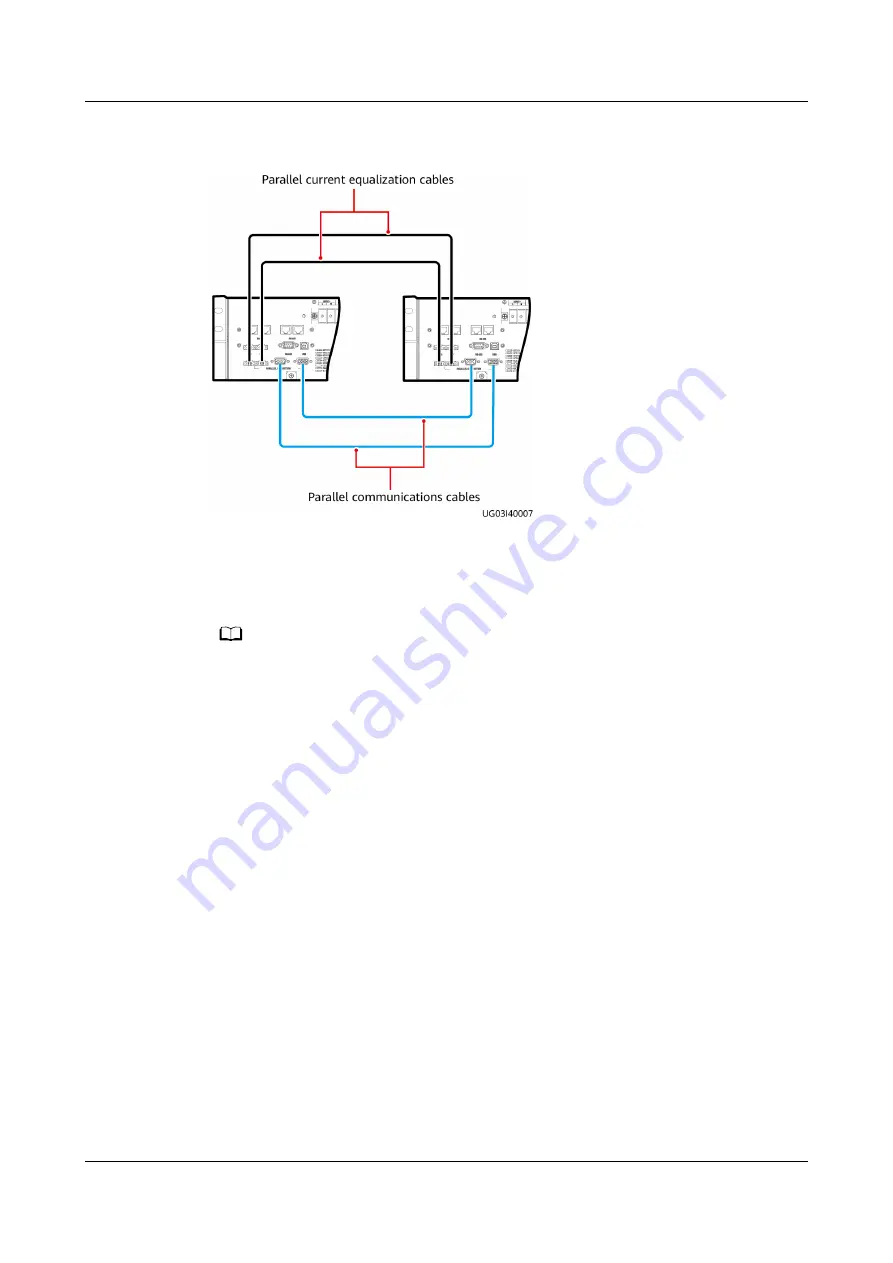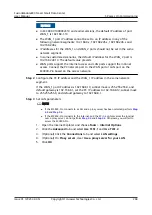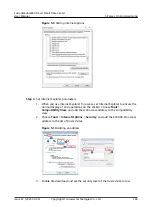
Figure 5-6 Wiring diagram for parallel communications cables and parallel current
equalization cables (using two UPSs connected in parallel as an example)
Step 3 Switch off the external battery circuit breaker (if any), or disconnect battery power
cables for the UPS. The UPS exits the parallel system.
----End
NO TE
● When one or more UPSs in the parallel system are shut down while one or more of the
other UPSs are still working, the UPSs that have been shut down have no output.
● To shut down a UPS without removing it from the system, perform only step 1.
Transferring the Parallel System to Bypass Mode
Perform the shutdown operation on each UPS in the parallel system. All UPSs shut
down the inverters and transfer to bypass mode.
Transferring the Parallel System to No Output Mode
Step 1 Shut down loads.
Step 2 Perform the shutdown operation on each UPS in the parallel system. All UPSs shut
down the inverters and transfer to bypass mode.
Step 3 Switch off the AC input circuit breakers K
m
1 and K
m
2 and the general AC input
circuit breaker K
m
for the UPS system. Switch off the AC output circuit breakers Q1
and Q2 and the general AC output circuit breaker Q for the UPS system. After all
indicators turn off and fans stop, the UPSs shut down, and the loads power off.
Step 4 Switch off the external battery circuit breaker for each UPS or the general battery
circuit breaker (when all UPSs share a battery string). If no external battery circuit
breaker is configured, disconnect battery power cables from each UPS.
----End
FusionModule800 Smart Small Data Center
User Manual
5 Power-On Commissioning
Issue 01 (2021-02-05)
Copyright © Huawei Technologies Co., Ltd.
256














































